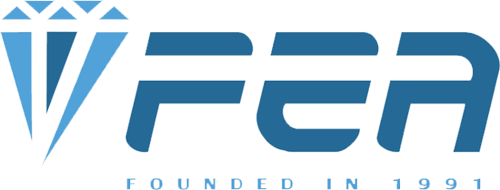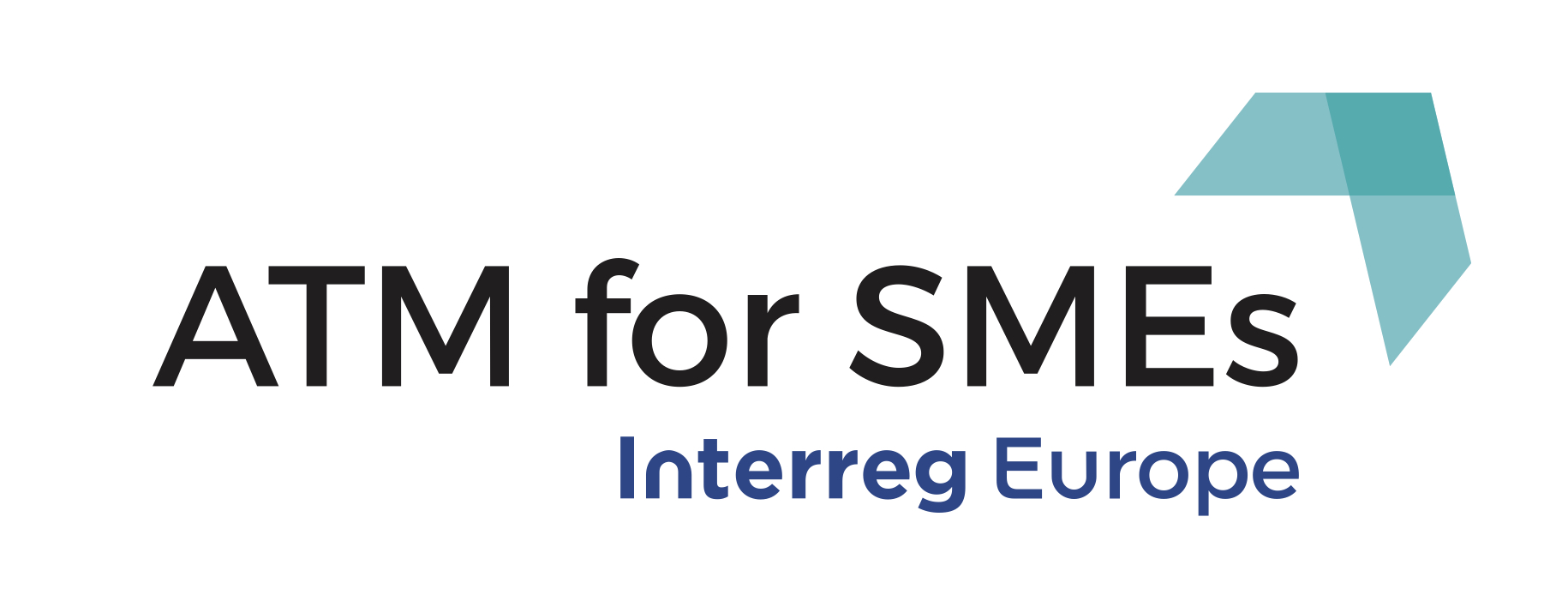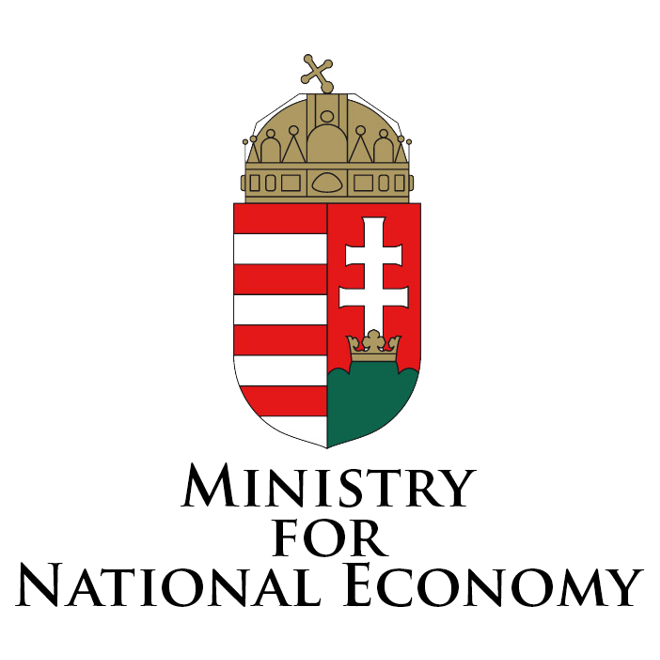Objective of Good Practice
A combined grant and micro-credit scheme was created to address the lack of tailor-made products for microenterprises in Hungary that make use of the structural funds.
Timeframe of Good Practice
2011 – 2013
Managing Authority for the Economic Development Operational Programme at the National Development Agency of Hungary
In the framework of the Economic Development Operational Programme (EDOP) 2007-2013, the Hungarian Managing Authority designed a combined grant and microcredit scheme intended specifically for microenterprises and channeled through selected financial intermediaries (mainly development foundations, NBFI and saving cooperatives). The scheme included non-refundable and refundable financial assistance and was financed via structural funds (ERDF). The financial assistance could be used for technology modernization, purchase of machinery, IT development, business infrastructure (real estate) purchase and development.
The primary target group were microenterprises that had difficulties to access finance and had limited funding to cover their own contribution for their projects. In terms of scheme structure, the total eligible costs of funded projects included a mix of personal resources, microloan and non-refundable grant. Personal resources could not go below 10%, the non-refundable grant could not exceed 45% and the microloan had to be bigger than the non-refundable part but less than the maximum of 60%. Concerning project size, the non-refundable grant could range from EUR 3,300 to EUR 33,000, whereas the microloan could range from EUR 3,300 to EUR 65,400.
| Institutional profile The EDIOP MA is a central government body. Financial instruments are managed through a holding fund system. The EDIOP MA contracts the holding fund manager, which in turn contracts financial intermediaries selected through public procurement that are in direct contact with SMEs. |
|
| Type of Organizatione Government Body |
|
| Country Hungary |
|
| Products & Services provided Financial: Microloan, Loans, Equity products, Combined products (loan and grant) Non-financial: None |
|
| Gross Loan Portfolio 240 billion HUF (contracted) |
|
| Number of clients 10,000 + |
|
| Target Audience Primarily SMEs and social enterprises receiving no/not enough funding from market sources throughout the territory of the country. |
|
| Organization Website https://www.palyazat.gov.hu/program_szechenyi_2020 |
Information on Good Practice
This was the first scheme in Hungary to combine non-refundable and refundable financial assistance for projects funded from ERDF. In the application phase, the scheme offered a onestop-shop (single application by SMEs for both the grant and the loan). The beneficiaries commited themselves to incur 50% of the grant volume as wage related costs within 2 years following project completion, a commitment that emphasizes the employment and job creation objective.
During the time the product was available, 2011-2013, the combined scheme proved highly successful. The total number of contracts was 7,820 and the contracted microloan volume amounted to 173.4 million. The original financial frame was increased multiple times before the scheme was suspended. The scheme showed that grants could be effectively combined with loans. The beneficiary monitoring reports indicate that as a result of the scheme, 11,673 jobs were created.
One of the objectives of the combined scheme was to make microenterprises familiar with financial instruments, which gained ground in the succeeding years. The combined scheme supported the transition of the main target group from grants towards the use of financial instruments, allowing the Managing Authorities to progressively increase funds available to support a larger number of microenterprises. Using this practice, the Managing Authority launched an increasing number of combined schemes in the 2014-2020 financial period in the frame of the Economic Development and Innovation Operational Programme. These schemes strongly build on the structure and procedures of the 2011-2013 combined scheme. Recently, further improvements have been made concerning procedures (joint, unified procedures for grant and loan legs instead of parallel procedures).
The implementation was preceded by a long preparation period due to the complexity of the scheme, and the large number of involved actors set challenges for the Managing Authority. Procedures (deadlines, underlying IT) and requirements (e.g. project selection criteria) of the participating intermediaries in project selection, contracting, monitoring, disbursement, etc., had to be harmonized between the grant leg and the loan leg. Furthermore ERDF regulations had to be fully respected. This required a lot of effort both from the Managing Authority and the various intermediary organizations. The upfront workload was underestimated and, therefore, the first launch of the product was delayed. As a result, one recommendation is to provide ample preparation before the launch of such an instrument.



